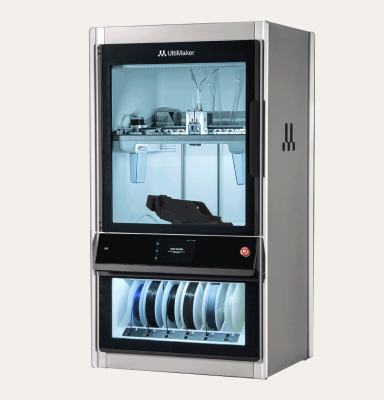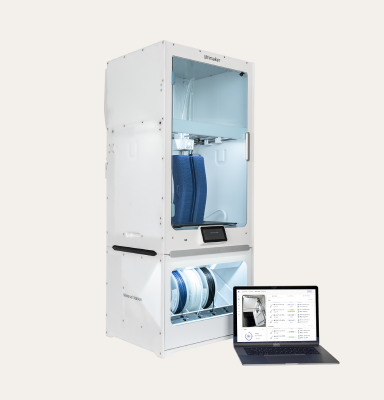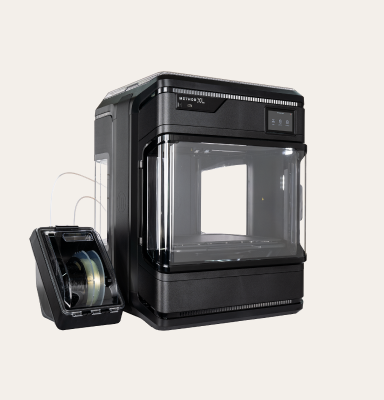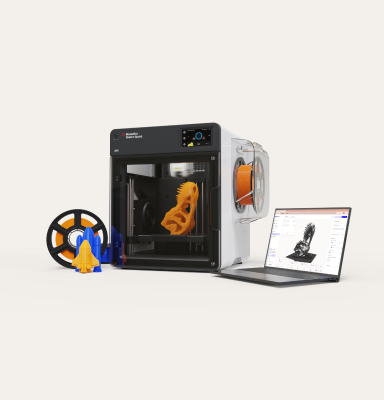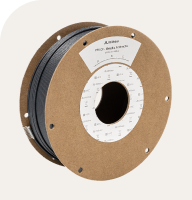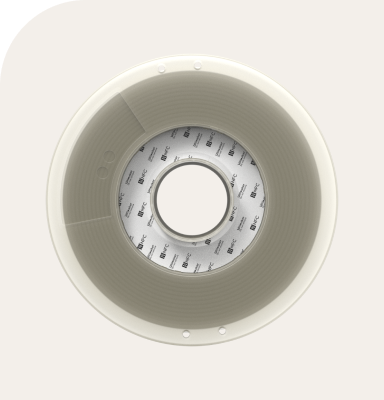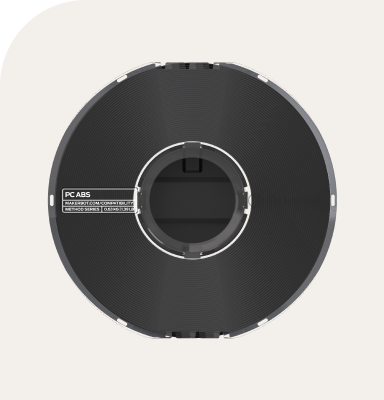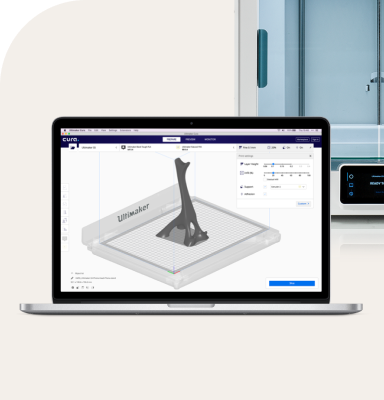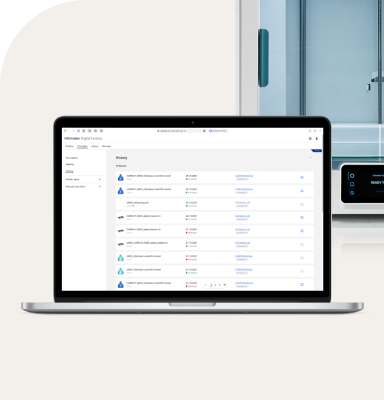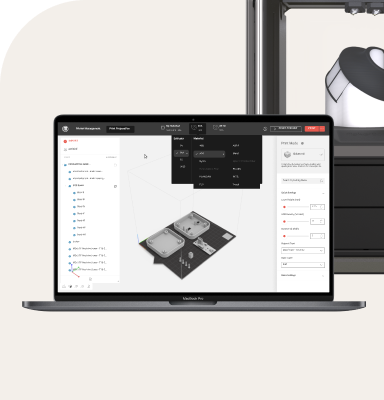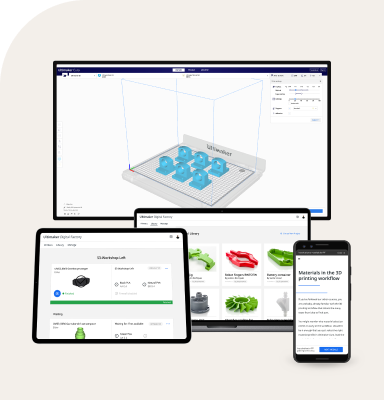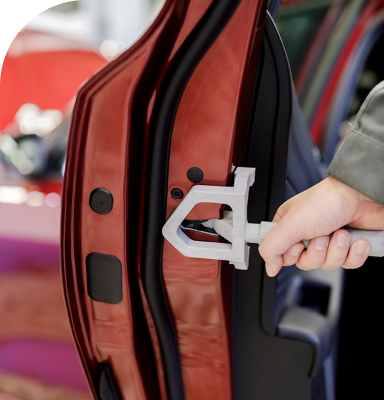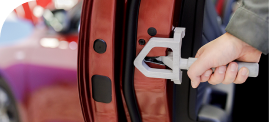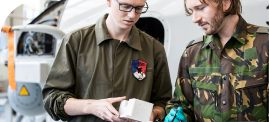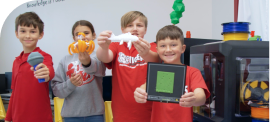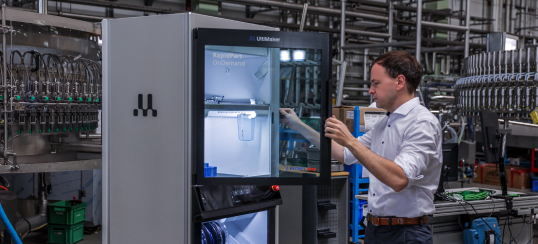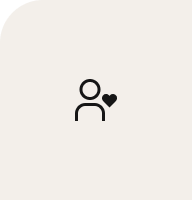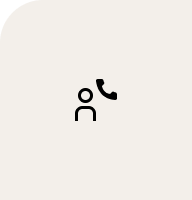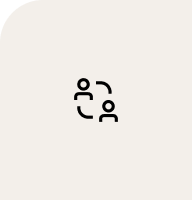The Starter Pack can be used to generate scores of new projects, fueling a deeper exploration into the use of desktop 3D printers. For educators, students, and 3D designers of all backgrounds, the Starter Pack is both a handy icebreaker and a challenging activity that sparks creativity.

Introducing the Ultimaker Design Engine Starter Pack
Why is it that so many 3D printing-powered education projects rely heavily on downloading and printing someone else's creations? For the 2017 back to school season, the Ultimaker North American Community Team has constructed a game that puts the power of design back in your hands. Presenting the Ultimaker Design Engine Starter Pack: a game created to provoke, inspire, and entertain students, educators, 3D designers, artists, and engineers of all experience levels!
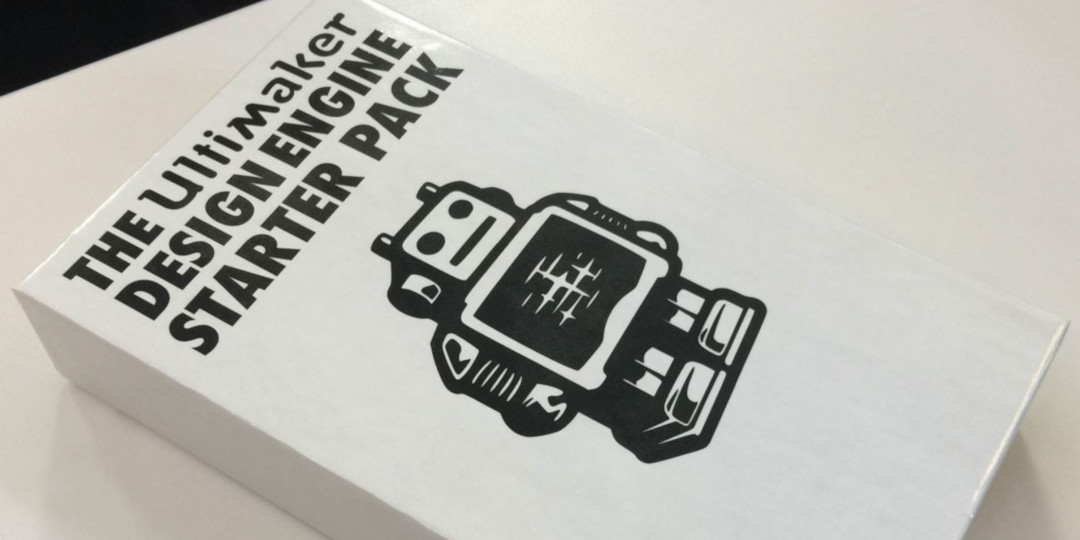
As an engineer, we are taught to look for the 'right' answer. This game is wonderful at breaking through 'right answer' thinking to reach creative and inspired outcomes that can lead to real innovation!
—Kathy Rutherford, FIRST Robotics Mentor
In collaboration with our North American reseller partners, Ultimaker will offer a free Ultimaker Design Engine Starter Pack for every new machine ordered by a school, library or makerspace from September 1st to December 31st, 2017 (or until Starter Pack supplies run out)*.
Not picking up a new Ultimaker this season? There are other opportunities to experience the Starter Pack at public events organized by the North American reseller partners and the Ultimaker North America Community Team at education workshops and other events we attend and host.
Are you going to Maker Faire New York 2017? Join the Ultimaker NA Community Team for a special event for educators at the Fat Cat Fab Lab as a part of our “Real World 3D Printing” Panel.
* Offer exclusive to customers of our North American resellers only.
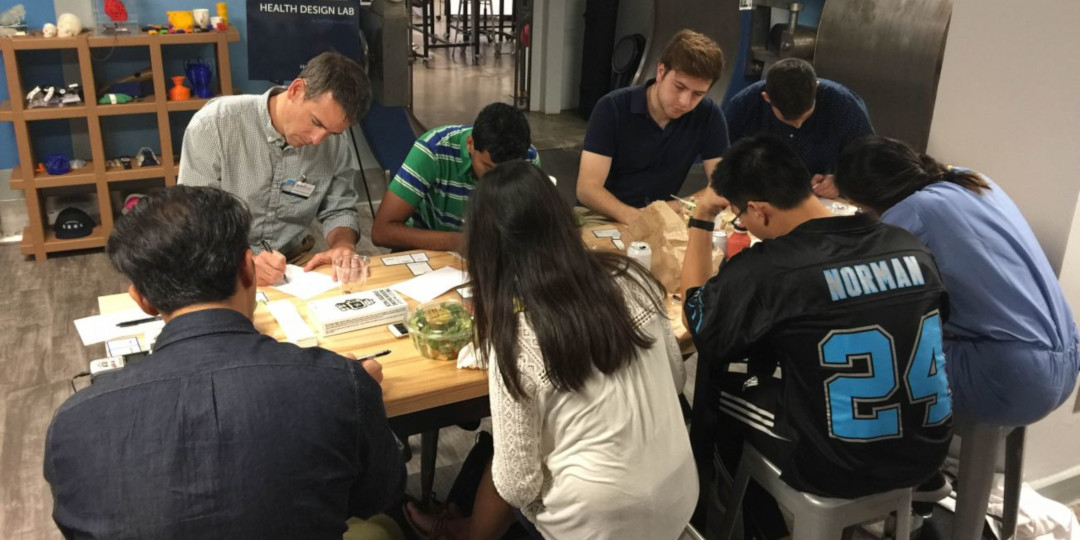
How do you play?
In the recommended “Starter Round” that introduces the game to first time users, participants receive one Challenge Card and two Parameter Cards.
The Challenge Card sets the stage for all of the activity that follows. The participant studies this card to identify the problem(s) to solve.
The two Parameter Cards provide additional considerations the participant must address in the design.
Having the parameters and modifiers forces you to think critically about what direction you might take your design. I would not have gone the direction I did with my challenge if I wasn’t forced to consider these elements, the constraints were very constructive.
— Participant at a JeffDESIGN Starter Pack launch event in Philadelphia, PA
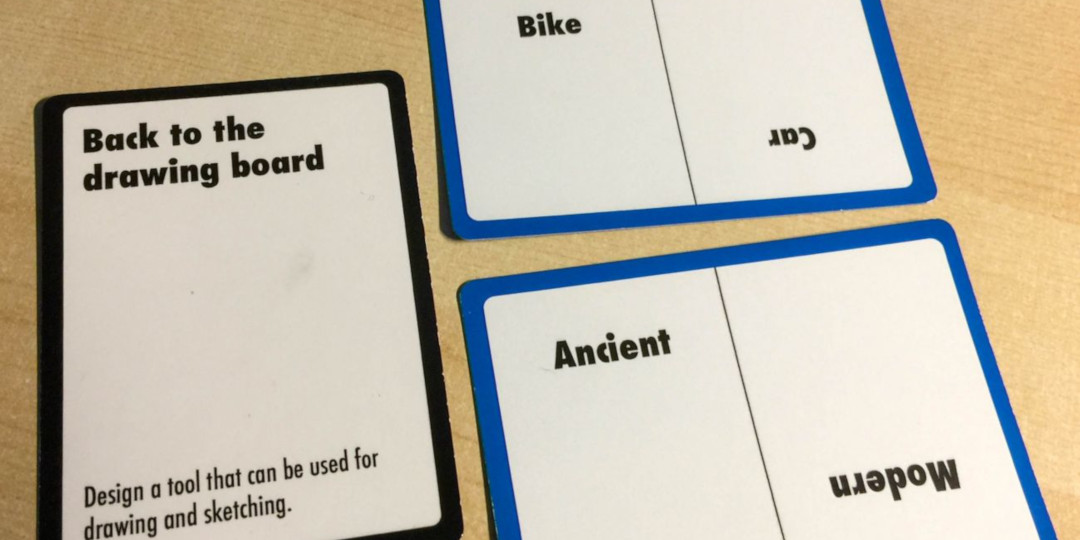
Here’s a chance for you to check out the Starter Pack for yourself!
We have dealt the following cards to you (above), the black-and-white Challenge Card on the left, and two blue-bordered Parameter Cards on the right. Read them, and consider what physical object(s) you might create/invent/construct that would solve this challenge: “Design a tool that can be used for drawing and sketching.” And how will you address the face-up elements on the Parameter card in your design -- “Bike” and “Ancient”?
By the end of just three minutes, you must generate the following:
Name of your creation.
An elevator pitch (no more than one minute) that would clearly communicate your idea to a stranger.
Any quick sketches you need to help you to describe your project.
A challenge for 3D printing? No problem! The later rounds of the Starter Pack are great opportunities to introduce design-for-manufacturing related concepts, but for the starter round, set your imagination free to focus on finding a solution to the problem first, and think materials and methods second.
Set a timer for just 3 minutes, and start designing!
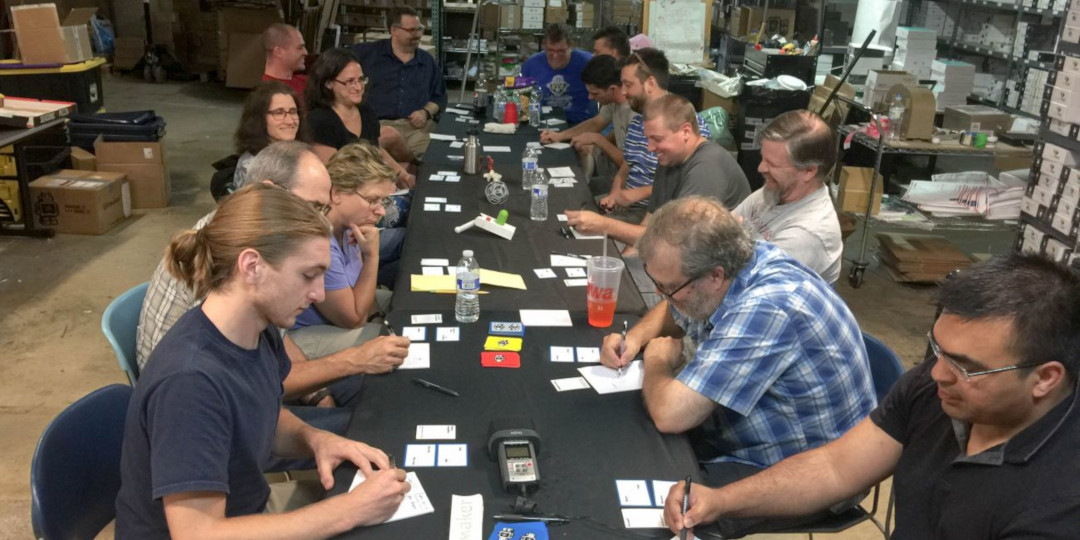
Welcome back! How did it go? If that sounded like a lot to accomplish in just three minutes, you aren’t alone -- please reassure yourself that everyone else tackling the challenge has had the same limited time. A raw and fresh idea is all you need!
Guess what? Whether or not the project you came up with is a top priority for you in the long run, consider your invention from the perspective of a novice desktop 3D printer operator. What might you learn about the challenges and opportunities for 3D printing if you took this exercise further?
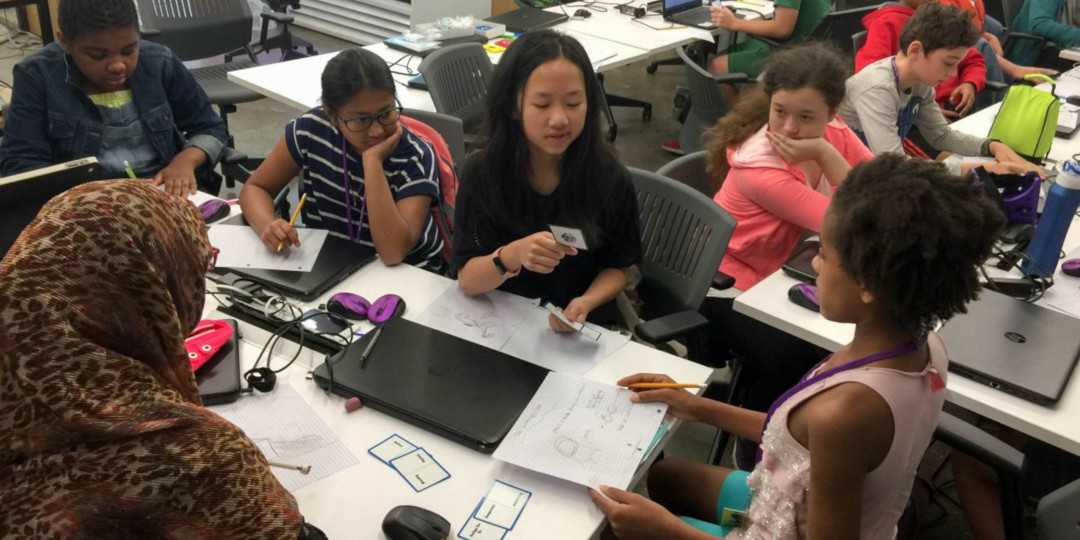
Stop scratching your head and start creating!
Lizabeth Arum and Matt Griffin of the Ultimaker NA Community team devised this card game specifically to address requests from educators for tools to help students to create new works from their own imagination to help motivate them through the process of mastering desktop 3D printing.
We have often seen how after a few initial projects that introduce students to 3D printing—like making key fobs, nametags or by downloading pre-existing files to print or modify—educators are at a loss for what comes next. How can they help their students take advantage of the promise of desktop 3D printing -- a general purpose tool they can use to create original designs?
That’s where the Ultimaker Design Engine Starter Pack comes in. The game can be used either classwide or by individual students. Use the cards with the Starter Round rules to promote a quick brainstorming activity or use the cards as a starting point for a long term project that includes research, prototyping, and documentation. With over 50 challenges, 60 parameters, 20 modeling modifiers, and an expansion pack, your students will never be prompted to design the same thing twice.
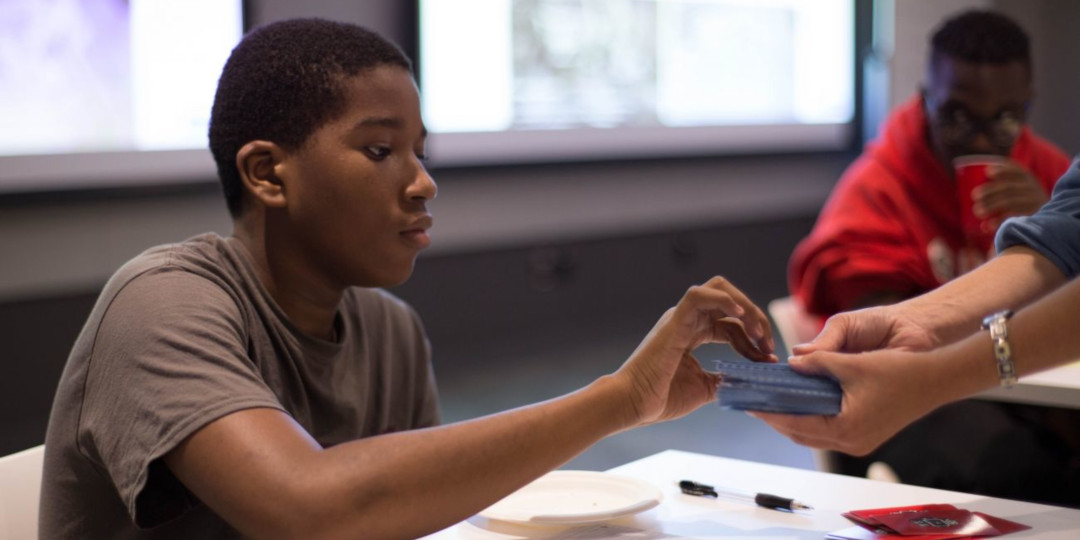
A great way to get your students in a designer’s mindset; the cards will elevate brainstorming to an even higher level.
— Andrew Woodbridge, Grover Cleveland High School, Ridgewood, NY
The right projects
In the spirit of physics and engineering class egg drop challenges, 48hr hackathons, and design/art school exercises, the Starter Pack aims to activate participants to create wild, spur of the moment projects. And educators find that these adhoc exercises strike a nice balance between easy-to-complete, school day projects and ambitious, semester-long student projects.
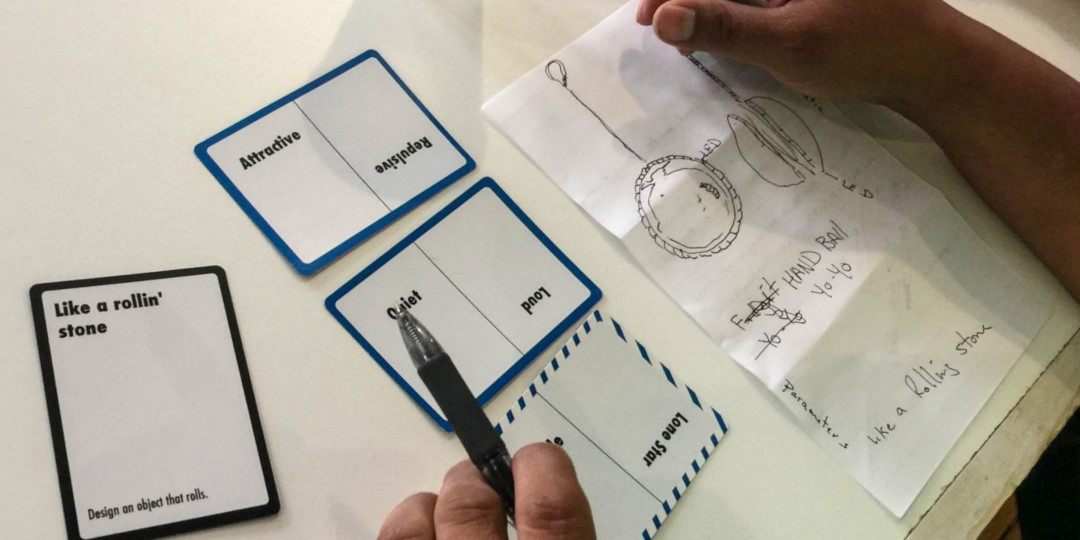
Tune your own style of play
While the Starter Pack includes instructions for several common approaches for how to use the cards in an educational context, we anticipate that the uses and “flavors of play” will vary greatly depending on the specific aims of the participants.
Our aim with the Starter Pack is to offer a flexible enough set of rules to suit a range of styles of play, numbers of players, and levels of experience. We expect players to discover new and powerful approaches to style of play over time, and share them with us!
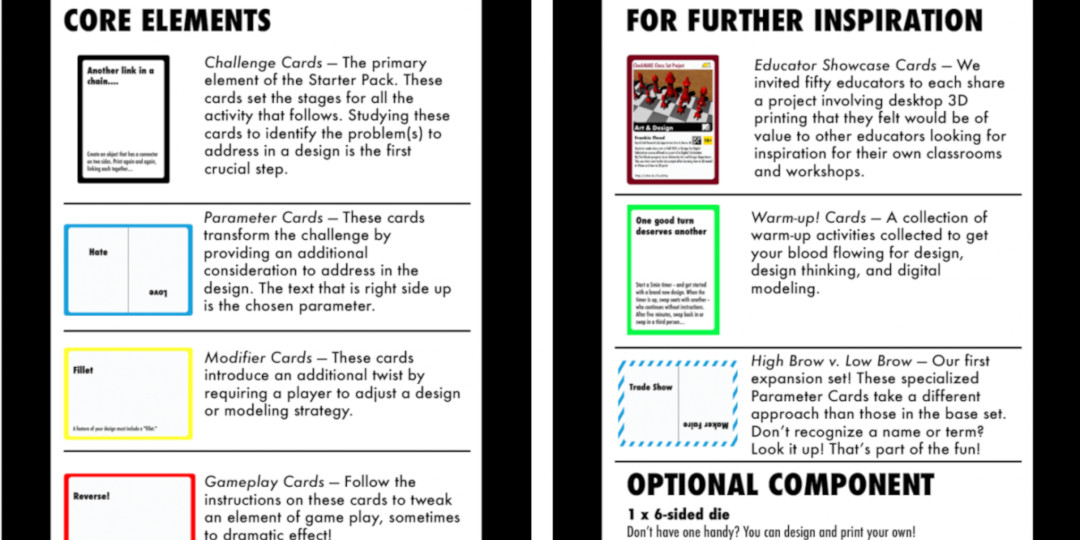
I could see so many applications for this activity, from icebreakers, to brain breaks, to brain stretches. There are no limits. There were so many ways to play.
— Shawn Grimes, Executive Director, Digital Harbor Foundation
Also included in the set are a series of warm-up cards that can be used as class assignments. One warm-up challenge, “The Great Edge Hunt,” asks participants to go on a fillet and chamfer scavenger hunt. Another, “8bit Glory,” asks you to create a low-poly version of a favorite design.
One of the most valuable elements of the Starter Pack is completely separate from the gameplay elements. The set also comes with 50 contributed project cards from educators who have successfully incorporated 3D printing into their curricula. Projects range from beginner to intermediate to advanced and are categorized by age of the intended audience, subject, and whether they are activities or teaching objects. All contributed project cards link to more information so that educators can use this information as inspiration for their own lessons.

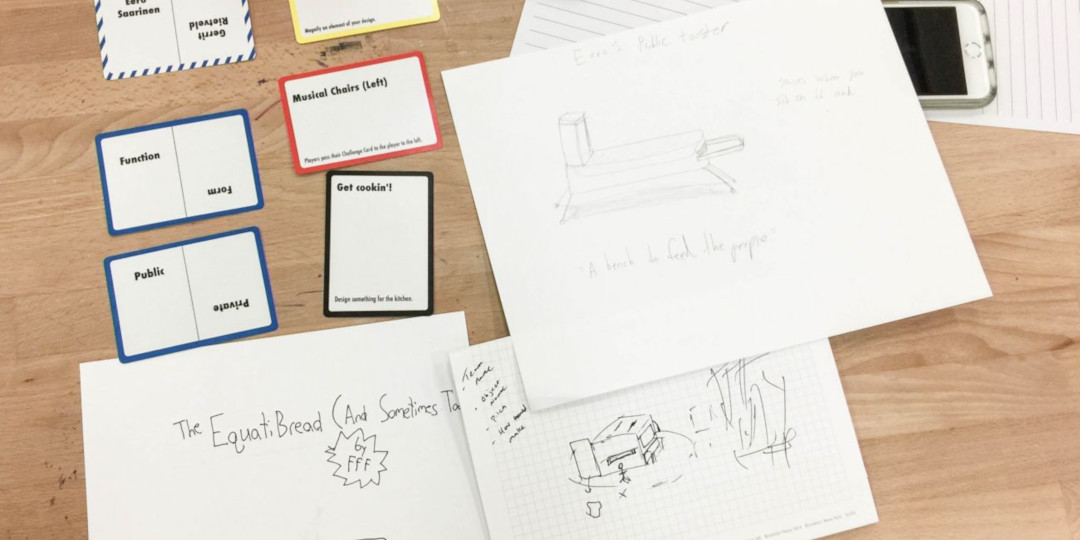
Starter Pack Challenges and Events
Following the launching of the campaign on August 29th, we will host weekly online challenges starting September 5th lasting eight weeks to allow online community participation and as a means to introduce the cards and build excitement surrounding them. Check back next Tuesday for the rules and prizes -- including the opportunity to compete to win a 3D printer!
I am in love with your game! When the kids played the game the true dynamic possibilities shined through!
— Jan Abernethy, East Elementary, Greenville, PA

